The BIM Teaching and Learning Handbook is the essential resource for shaping how Building Information Modeling (BIM) is taught and learned across universities and professional training environments. It provides educators, curriculum developers, and industry trainers with a strategic framework to integrate pedagogical insights into BIM education, aligning it with professional and industry demands.
Despite BIM’s growing importance in architecture, engineering, and construction, pedagogical guidance has been lacking. This book addresses that gap by offering core principles, best practices, and outcome-driven strategies to create impactful BIM learning experiences. Whether you’re updating a university curriculum or structuring a CPD programme, this handbook empowers educators to prepare learners for a digital future.
What You’ll Learn:
-
The key BIM skill sets, threshold concepts, and dimensions required for modern practice
-
How to design and implement BIM-focused curricula that meet industry and accreditation standards
-
Challenges in BIM education at tertiary levels and how to overcome them
-
Pedagogical strategies to teach BIM effectively to students and professionals
-
Case studies from leading educators and institutions implementing successful BIM teaching methods
Who It’s For:
-
University faculty and curriculum developers in architecture, construction, and engineering
-
Professional BIM trainers and CPD providers
-
Students looking for a foundational understanding of BIM in practice
-
Industry professionals seeking insight into educational expectations and competencies
Authors :
M. Reza Hosseini (Author), Farzad Khosrowshahi (Author), Ajibade Aibinu (Author), Sepehr Abrishami (Author)
From the book:

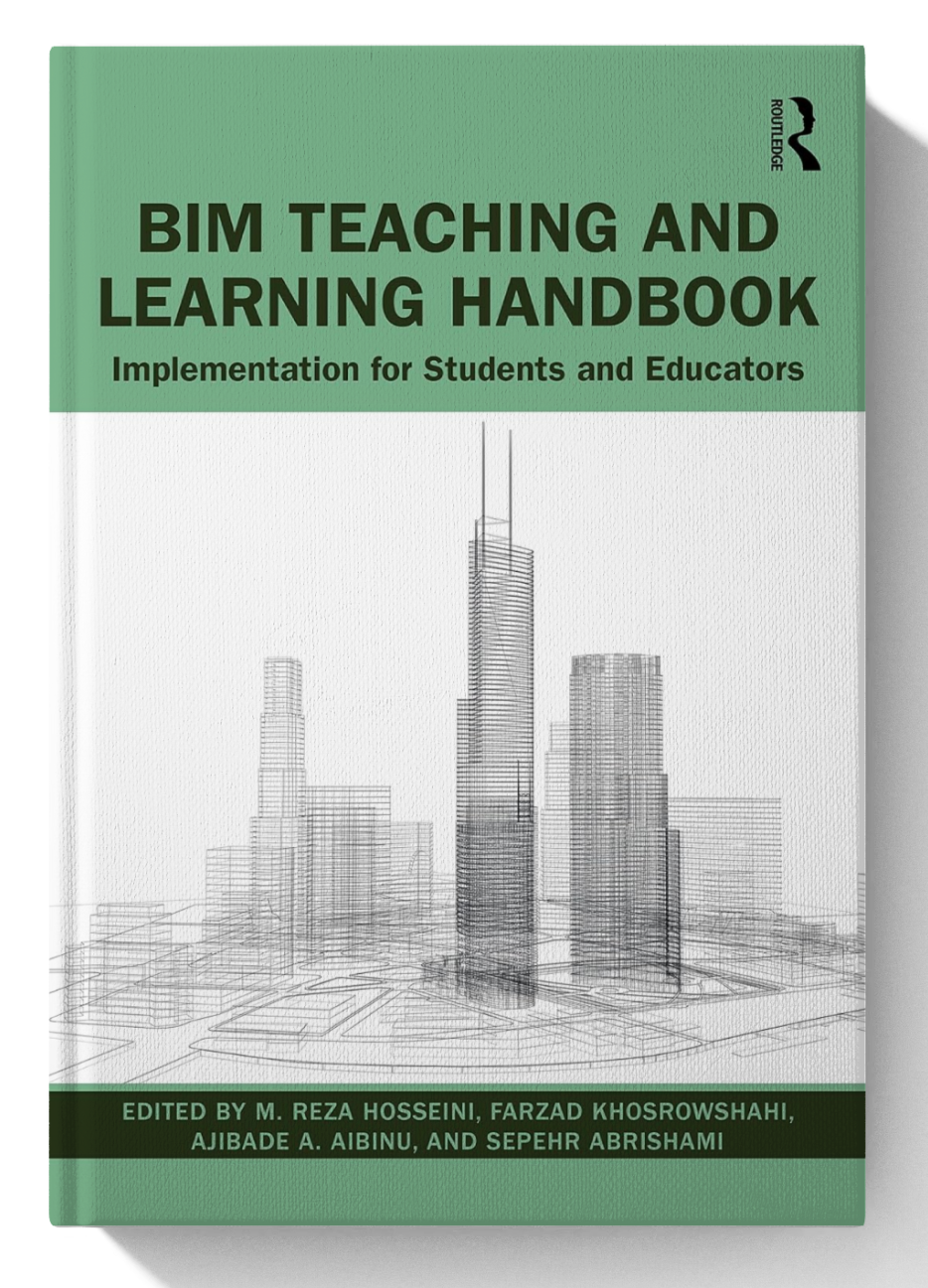
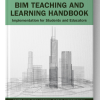
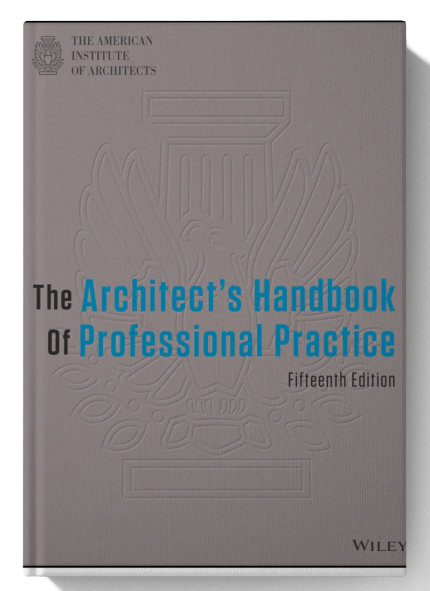
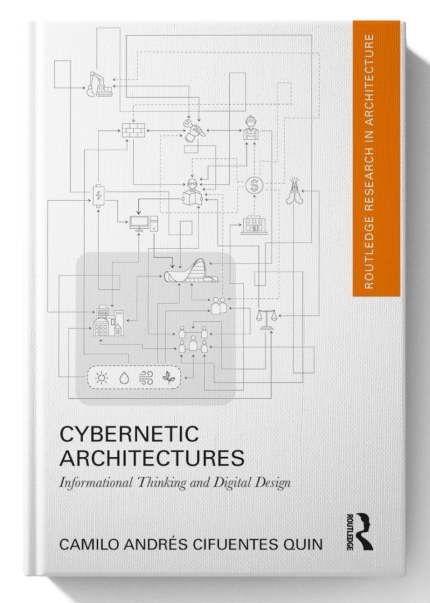
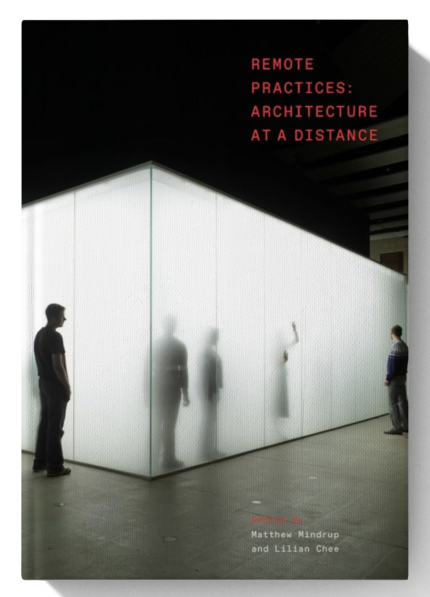
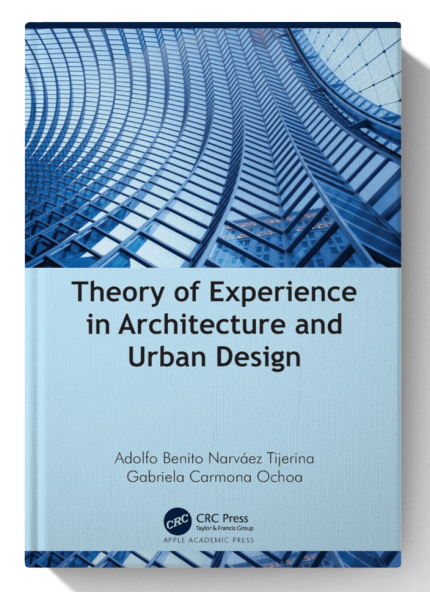

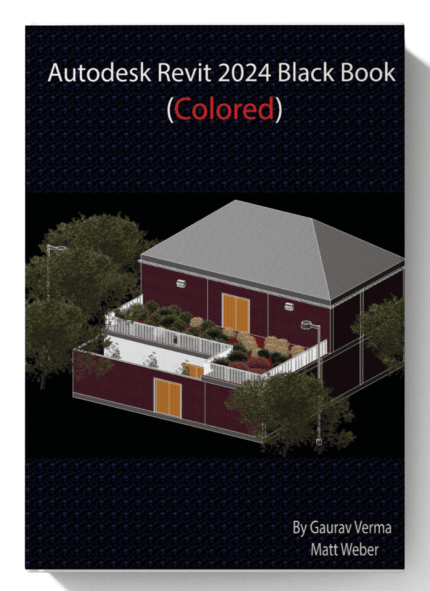

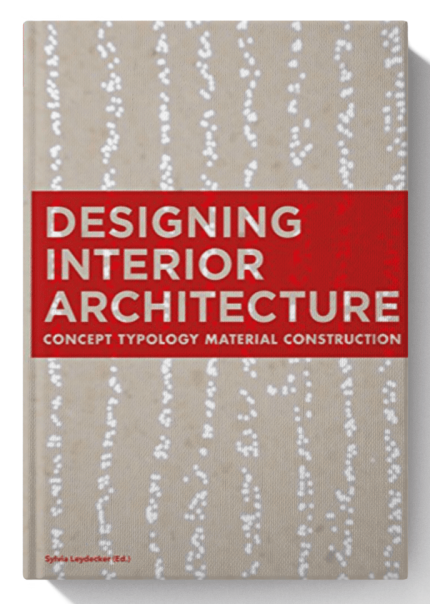

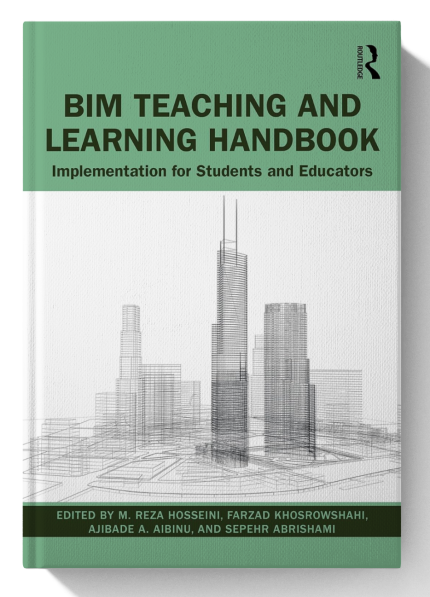
Reviews
There are no reviews yet.